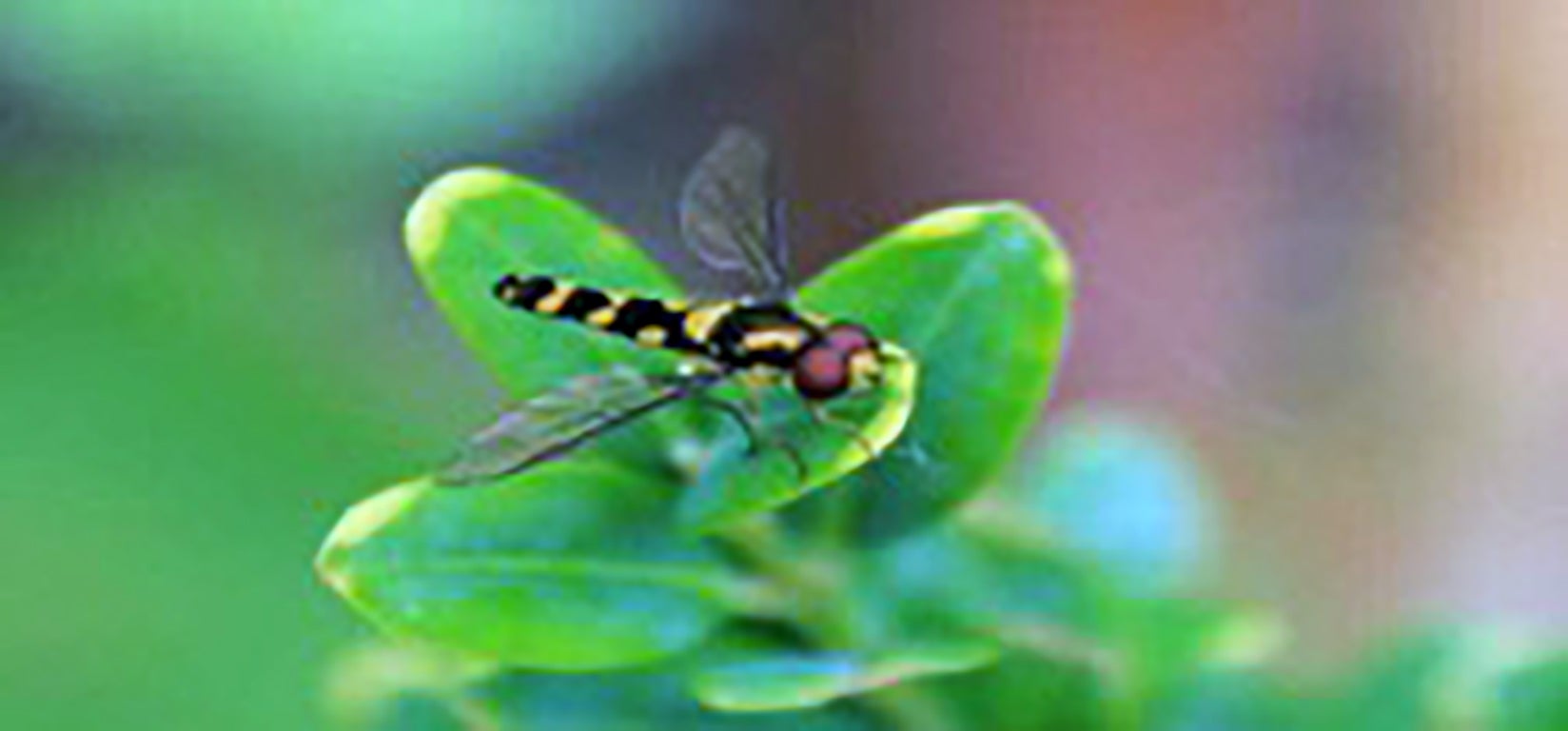Good bugs in the garden
Published 3:02 pm Wednesday, May 3, 2023
|
Getting your Trinity Audio player ready...
|
Submitted by Carnell Mcalpine
Alabama Cooperative Extension System
Agents with the Alabama Cooperative Extension system often receive requests from gardeners who say they have insects in their garden. These gardeners often think some bugs are good, like lady beetles and honey bees, but there are others that need to be controlled.
Most home gardeners may not realize that over 97% of insects, spiders, and similar bugs, better known as “arthropods,” in home gardens and landscapes are beneficial. That is, they either do no harm, provide food for desirable species such as birds, or prey upon insects considered bad and destructive to crops. Knowing some of the most common good bugs, and how to help and not harm them, will help minimize pest problems and the use of pesticides.
There are two main groups of beneficial insects. The predators, such as spiders and lady beetles, are generally larger than their prey, killing and feeding on them. The parasitoids, such as parasitic wasps and flies, are generally smaller than their hosts and lay eggs on or within them. When these eggs hatch, the resulting larvae, like small caterpillars, kill the host insects by feeding on them.
Here are some tips to help attract and sustain these beneficial insects:
*Develop a tolerance for some damage to plants. Most plants tolerate low levels with no lasting harm.
*Provide shelter for good bugs from adverse weather such as extreme heat. This just might be leaf litter and debris under shrubs, but don’t be too tidy around them.
*Increase the diversity of plantings in the landscape. A wide range of plants will support a wide range of beneficial insects. Avoiding monoculture with only one species of plant ensures that if you do get a problem, it won’t get out of control and wipe your plantings out.
*Don’t use bug zapper lights, those bluish ones that attract insects with ultraviolet light, and then electrocute them. A university study found that these lights kill mainly harmless insects and not biting flies. In fact, most mosquito species are not attracted to ultraviolet light.
*Think before spraying. This often kills beneficial insects as well as bad ones. Cutting out webworm nests from trees, picking off insect pests, and improving airflow to deter slugs are examples of simple, non-toxic physical controls.
*Inspect plants regularly for pests. It is much easier to control them as they just appear.
*Know insects before making a decision on whether to control. The Alabama Cooperative Extension System, garden stores with trained staff, books, and online websites are useful in identification.
*Provide plants for predators. These include flowers with umbels (umbrella-like clusters) such as yarrow, composites such as daisies, spikes such as lavender and goldenrod, and flat cups such as buttercups.
*Keep plants healthy. Pests usually attack weakened or stressed plants. These stresses can be created by improper watering (too much as well as too little in a drought, or sandy soil), improper placement of plants according to light and soil needs, mulching too close and deep around plants, and improper fertilization. Too much fertilizer, especially nitrogen, may be worse than too little. Lush plants from excess fertilizer are favorite targets for pests such as aphids and mites.
*In addition to the above tips concerning managing the yard or garden for beneficial insects, some consider buying and bringing more in. These can be purchased from specialty catalogs and websites. In order to have success, determine the proper beneficial bug, the best time to release it for the life cycle of the pest, how many are needed, and proper release requirements such as time of day, food, and water needs. The use of beneficial insects is much easier in a greenhouse, hoop house or other controlled area as often outdoors they fly away.






